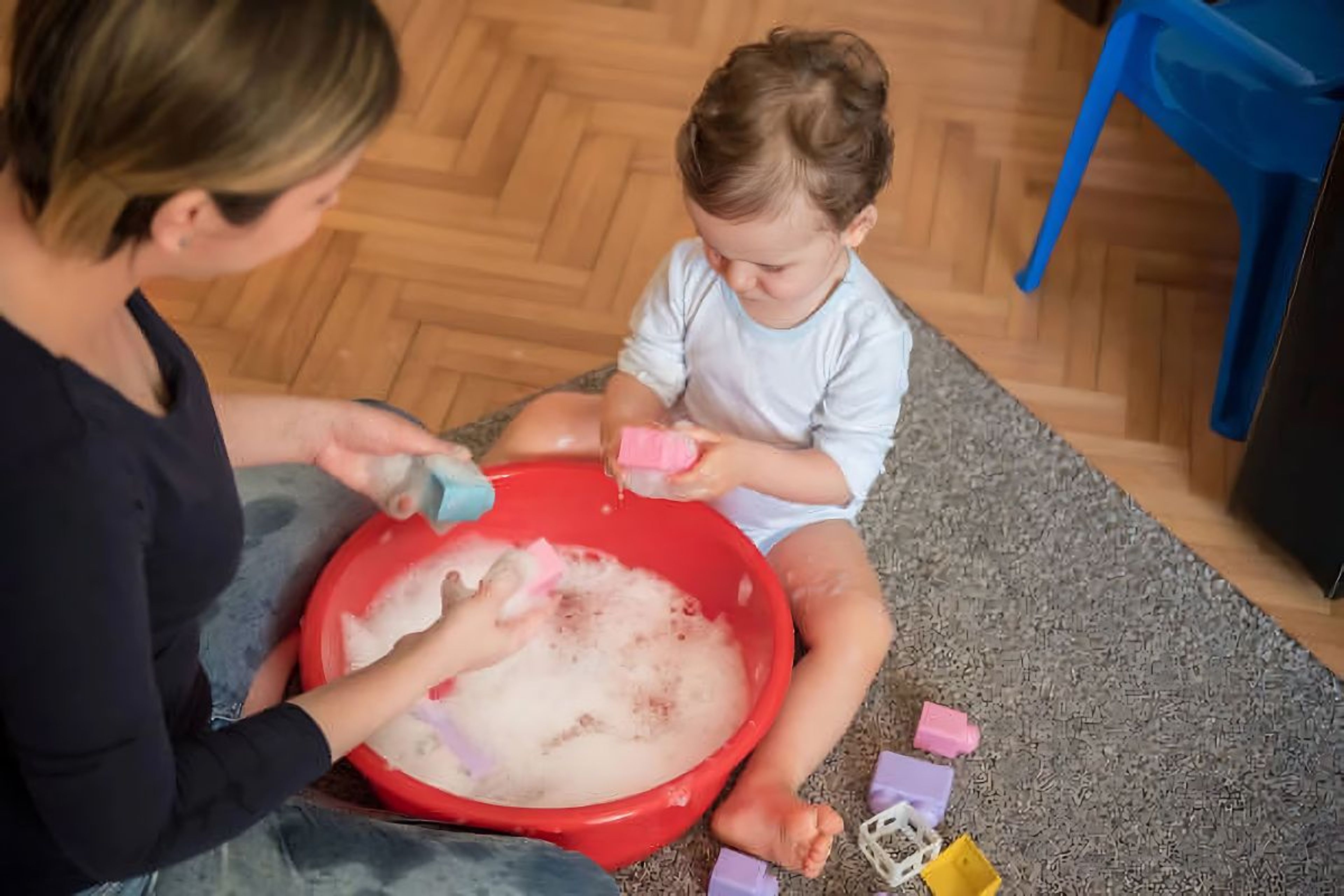The Digital Dilemma: Balancing Screen Time with Educational Play

In our increasingly digital world, the dilemma of how to balance screen time with educational play is a common concern for parents and educators alike.
As technology becomes a more integral part of our lives, it has become increasingly important to strike the right balance between embracing new learning tools and fostering traditional offline forms of engagement.
In this blog post, we'll outline some tips and tricks for navigating this digital dilemma, with a focus on-screen guidelines for children and how to balance screen time with educational play.
What Are the Potential Risks of Excessive Screen Time for Children?
The primary risk of excessive screen time for children is that it can displace educational play and other important activities, such as physical exercise, outdoor play, and social interaction.
Research shows that excessive screen time can be associated with negative health outcomes, such as sleep problems, obesity, and poor academic performance.
To maintain a healthy digital balance, it's essential to be mindful of your child's screen time and actively work to create opportunities for educational play and offline activities.
How Can I Strike the Right Balance between Screen Time and Educational Play?
Striking the right balance between screen time and educational play involves establishing clear guidelines, fostering a healthy relationship with technology, and offering diverse learning opportunities for your child.
Here are some steps to consider when developing a healthy digital balance for your child:
Set Screen Time Guidelines
Establishing clear and age-appropriate screen-time guidelines is a crucial step in managing your child's exposure to screens. The American Academy of Pediatrics recommends the following:
- For children under 18 months, avoid screen time, except for video chatting.
- For children aged 18 months to 24 months, parents should choose high-quality programming and watch it with their children to encourage learning.
- For children aged 2 to 5 years, limit screen time to 1 hour per day of high-quality programs, and engage with the content together.
- For children aged 6 years and older, establish consistent limits on screen time during free time, ensuring that it does not replace adequate sleep, physical activity, or social interaction.
Encourage Educational Content
Curating quality content can help maximize the benefits of screen time and turn it into a valuable educational resource.
Look for apps, games, and videos designed to teach new skills, stimulate creativity, or expand your child's knowledge.
Research and review the content to ensure it aligns with your child's interests and developmental needs.
Foster a Healthy Relationship with Technology
Encourage digital balance by discussing technology use openly with your child and establishing a positive relationship with screens. Teach your child to self-regulate their screen time and create an environment where technology is treated as a useful tool rather than an all-consuming pastime.
Designate specific times and spaces for technology use, and make sure that screens are not used during mealtime or bedtime.
Offer Diverse Learning Opportunities
Provide your child with ample opportunities for educational play that does not involve screen time. Traditional offline play offers essential physical, cognitive, and social developmental benefits.
You could offer a range of age-appropriate activities, such as arts and crafts, books, puzzles, and board games, and encourage your child to explore new hobbies and engage in physical activities and outdoor play.
Set a Good Example
Children often model the behaviors of their parents or caregivers, so it's important to practice what you preach when it comes to digital balance.
Set reasonable boundaries for your own screen time and prioritize face-to-face conversations and quality time with your child.
What Are Some Tips for Integrating Educational Play into My Child's Daily Routine?
Incorporating educational play into your child's routine can be both fun and rewarding. Here are some tips for promoting educational play in your child's daily life:
Schedule Regular Screen-Free Time
Carving out regular screen-free time can encourage your child to engage in educational play. This might include setting aside a specific block of time each day for traditional play or implementing screen-free days or evenings.
Encourage Creativity and Exploration
Creating an environment that encourages creativity and exploration can help foster educational play. Provide a variety of age-appropriate materials and tools, such as crayons, paint, paper, building blocks, and puzzles.
Encourage your child to think outside the box and tap into their imagination.
Engage in Family Activities
Make educational play a part of your family's daily routine by planning regular family activities, such as game nights, reading time, or outings to local parks or museums.
Not only will this promote offline learning, but it will also strengthen your family bond and create lasting memories.
Teach New Skills
Utilize educational play to teach your child new skills, such as cooking, gardening, or basic home repairs.
By actively engaging in these activities together, your child can build confidence, develop problem-solving skills, and deepen their understanding of the world around them.
Conclusion
In conclusion, balancing screen time with educational play is essential for your child's overall development and well-being. By setting age-appropriate screen time guidelines, engaging in a variety of offline activities, and fostering a healthy relationship with technology, you can successfully navigate this digital dilemma and provide your child with a well-rounded upbringing that prepares them for success in an increasingly digital world.




